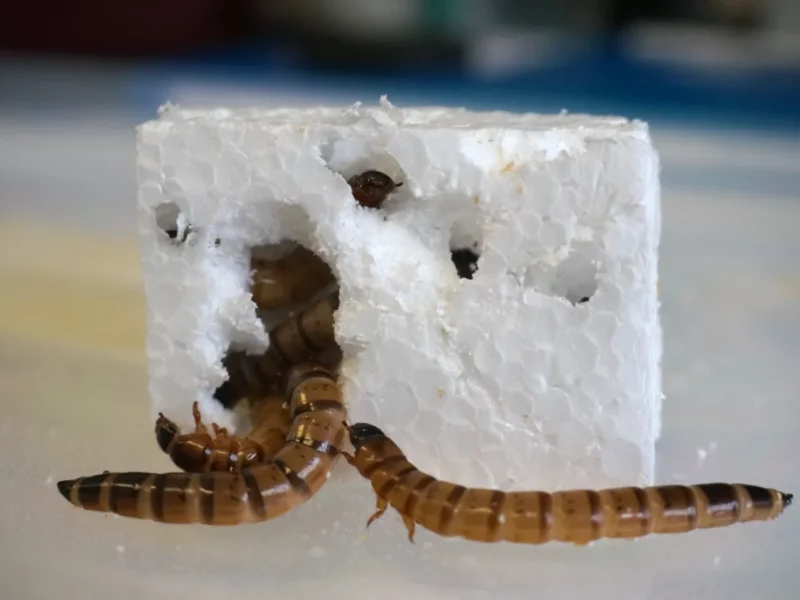
Here are some interesting facts about lava:
- Lava is molten rock that has erupted from a volcano and cooled down.
- Magma is the term used for molten rock when it is still below the surface, while lava is the term used for molten rock after it has erupted.
- There are three main types of lava: mafic, intermediate, and felsic. They are distinguished by their mineral composition, viscosity, and the amount of volcanic gases dissolved in the liquid.
- The vast majority of lava flows are mafic, consisting of around 50% silica. This kind of lava has the lowest viscosity and gas content.
- Lava can produce different types of igneous rocks depending on where it cools. For example, granite and rhyolite are considered similar, except granite is plutonic, being formed underground, while rhyolite, created on the surface, is volcanic.
- Lava can also produce different types of lava flows. The major types on the surface are a’a and pahoehoe, two terms that come from Hawaiian. A’a flows rapidly and loses heat, which increases the viscosity and creates a distinctive rough surface on the cooled lava flow as pieces start breaking off; in contrast, pahoehoe is smooth and is frequently described as looking like a twisted rope because it moves more slowly and has a lower viscosity, so any breaks are quickly healed.
Text © Earth Unreal





